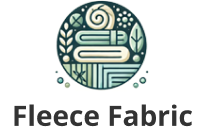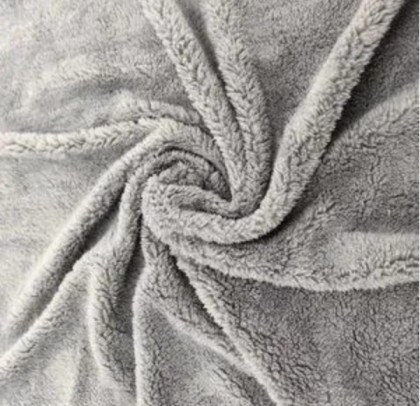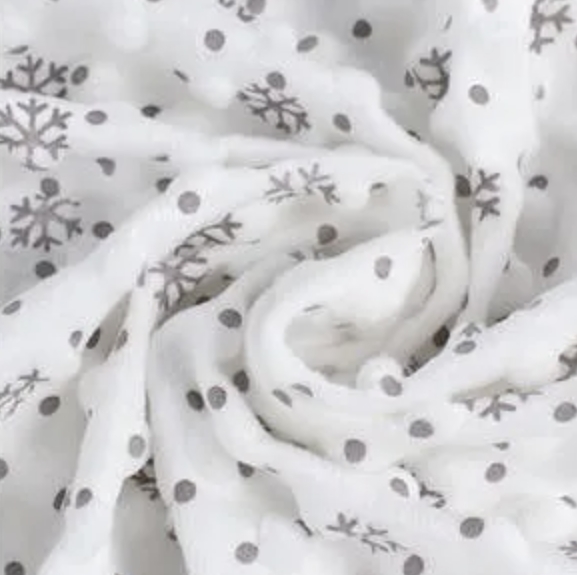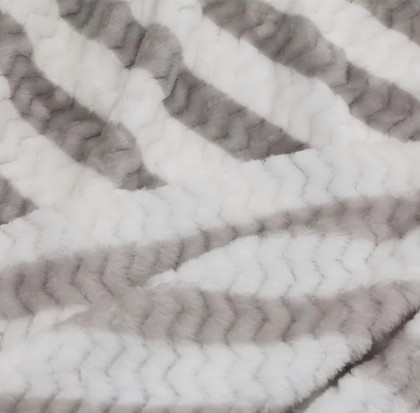Introducción
Con la bajada de las temperaturas y la llegada del frío, es esencial encontrar el tejido adecuado para abrigarse. Entre las innumerables opciones disponibles, hay un tejido que destaca por sus cualidades combinadas de calidez, suavidad y durabilidad: forro polar. A menudo comparado con su primo esponjoso, vellón coral, forro polar es una fibra sintética que ha revolucionado nuestra forma de abrigarnos en invierno. En este artículo analizaremos por qué forro polar es la elección ideal para el frío, cómo se compara con otros tejidos y sus diversas aplicaciones.

Qué es el forro polar?
Forro polar es un tipo de tejido fabricado con fibras de poliéster, diseñado específicamente para proporcionar aislamiento y confort. Este tejido se caracteriza por su composición ligera y su textura suave, lo que lo convierte en una opción popular para prendas de exterior, mantas y una gran variedad de artículos de invierno. También es fácil de cuidar y de secado rápido, lo que aumenta su atractivo durante los meses fríos.
A diferencia de las fibras naturales como la lana, forro polar no absorbe la humedad, lo que le permite evacuar el sudor y mantenerte seco y caliente. Su estructura crea pequeñas bolsas de aire que atrapan el calor, mejorando aún más sus propiedades térmicas.
¿Por qué elegir forro polar para el frío?
1. Excelente aislamiento
Una de las principales razones forro polar es muy apreciado para su uso en climas fríos es su excepcional aislamiento. El tejido retiene el calor eficazmente, por lo que es perfecto para vestirse a capas. Ya sea para ir de excursión, hacer recados o simplemente descansar en casa, forro polar garantiza que te mantengas abrigado sin necesidad de prendas pesadas y voluminosas.
2. Ligero y cómodo
En forro polar proporciona un aislamiento extraordinario, sigue siendo ligero y fácil de llevar. A diferencia de otros materiales cálidos, no pesa y permite libertad de movimientos. Esto es especialmente importante para los entusiastas de las actividades al aire libre que necesitan mantenerse ágiles mientras luchan contra los elementos.
3. Transpirabilidad
A menudo se pasa por alto la importancia de la transpirabilidad en los tejidos diseñados para el frío. Forro polar destaca en este sentido, ya que permite la evacuación de la humedad y el calor, evitando así el sobrecalentamiento. Esta característica es esencial cuando se realizan actividades físicas, en las que la temperatura corporal puede fluctuar rápidamente.
Comparación: Forro Polar vs. Forro Coral
Mientras debatimos forro polartambién cabe destacar a su pariente cercano, vellón coral. Ambos tejidos están hechos de poliéster, pero hay algunas diferencias fundamentales.
- Textura: Vellón coral es conocida por su textura afelpada y ultrasuave, que la hace increíblemente cómoda sobre la piel. Mientras que forro polar también es suave, tiene un tacto diferente, a menudo descrito como más parecido al de una alfombra.
- Aislamiento: Ambos tejidos proporcionan un buen aislamiento, pero forro polar suele tener un rendimiento térmico ligeramente superior debido a su tejido más denso y a su capacidad para atrapar más aire.
- Aplicaciones: Forro polar se utiliza con frecuencia para chaquetas, ropa para correr y ropa de exterior, mientras que vellón coral se encuentra a menudo en mantas, pijamas y textiles para el hogar.
Aplicaciones del forro polar
1. Ropa exterior
Desde chaquetas hasta abrigos, forro polar es una opción popular para la ropa de exterior. Muchas marcas incorporan forro polar en sus colecciones de invierno para ofrecer a los consumidores opciones elegantes y funcionales.
2. Textiles para el hogar
Cómodos edredones y mantas de forro polar son básicos en muchos hogares durante los meses más fríos. Proporcionan la cantidad justa de calor para pasar noches acogedoras o para añadir un confort extra a la ropa de cama.
3. Activewear
Forro polar se ha ganado el reconocimiento en el mundo de la ropa deportiva, especialmente para quienes practican deportes de invierno como el esquí o el snowboard. Sus propiedades de evacuación de la humedad y su transpirabilidad la convierten en una capa base ideal bajo un aislamiento más pesado.
4. Ropa infantil
Los niños suelen necesitar más calor cuando juegan al aire libre. Forro polar es lo bastante suave para la piel sensible de los niños y lo bastante resistente para soportar el desgaste del juego activo.
Cuidar de Forro polar
Cuidar de su forro polar prendas es esencial para maximizar su vida útil. He aquí algunos consejos prácticos:
1. Lavado
Forro polar suelen poder lavarse a máquina en agua fría. Evite el uso de suavizantes, ya que pueden crear una película en el tejido que reduce la transpirabilidad y las propiedades de evacuación de la humedad.
2. Secado
El secado al aire es ideal para forro polarPero si tiene que utilizar una secadora, elija una de baja temperatura. El calor alto puede dañar las fibras y hacer que el tejido pierda su forma.
3. Almacenamiento
Al almacenar forro polar Si no los guarda, guárdelos en un lugar fresco y seco para evitar el moho y los malos olores. Evite doblar los artículos con fuerza, ya que esto puede crear arrugas difíciles de eliminar.




